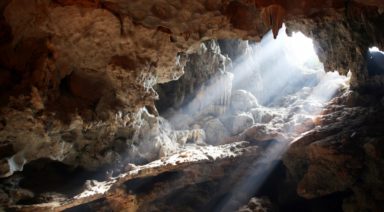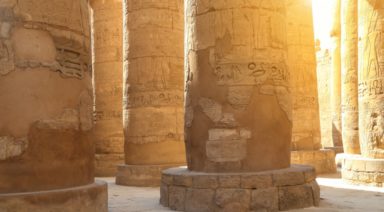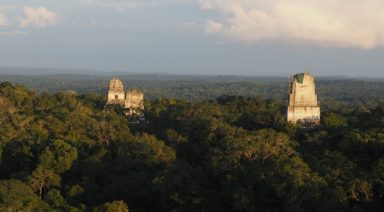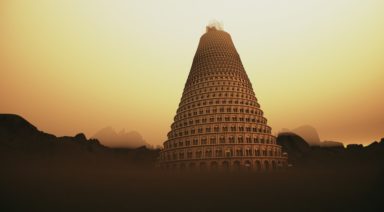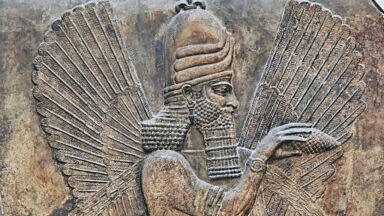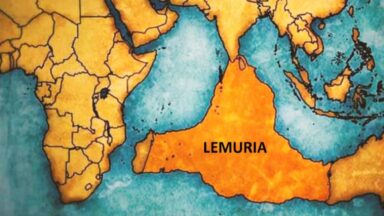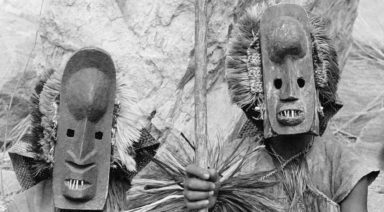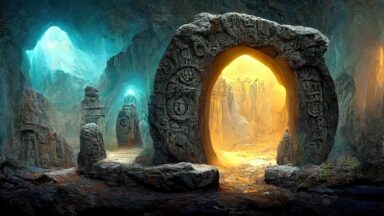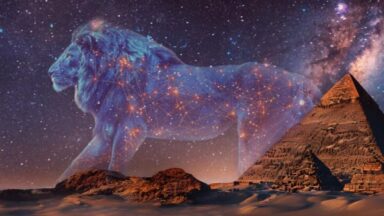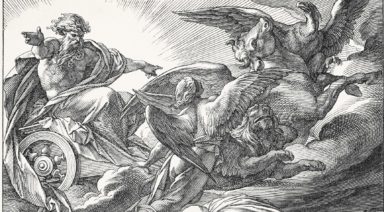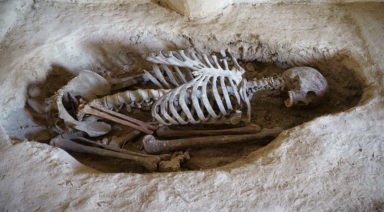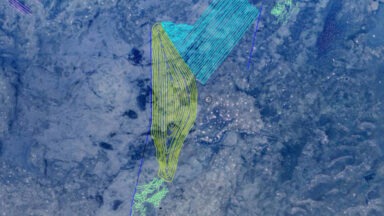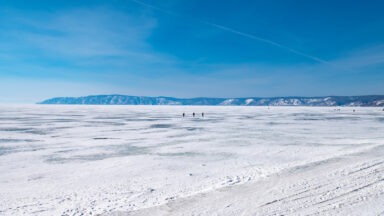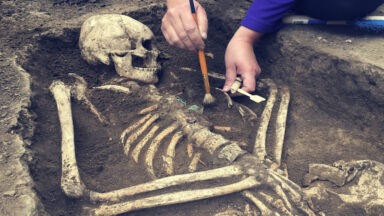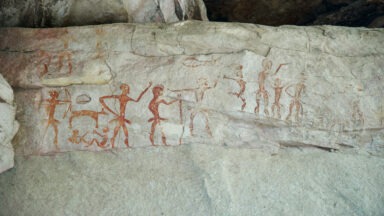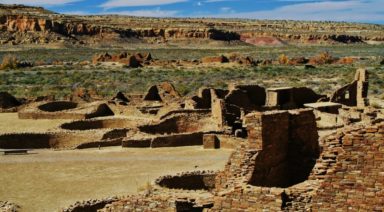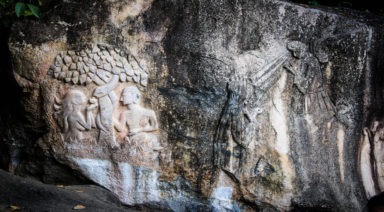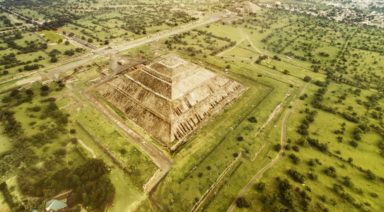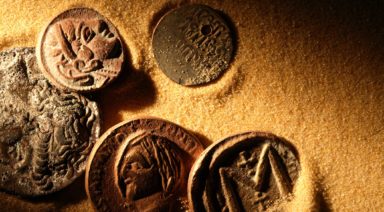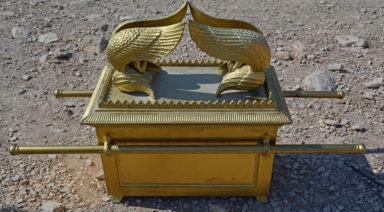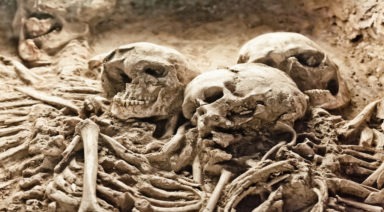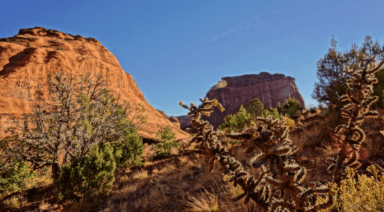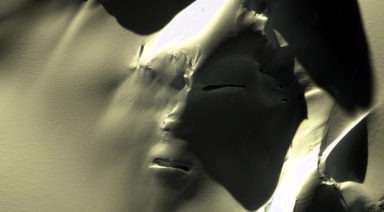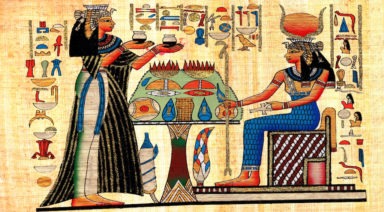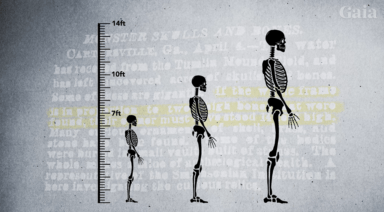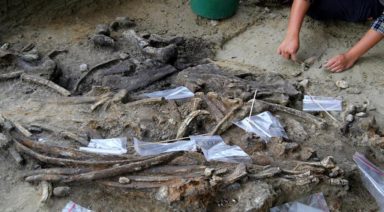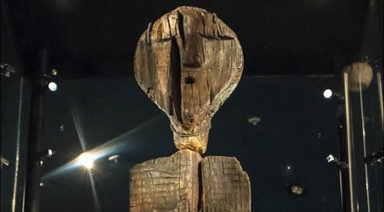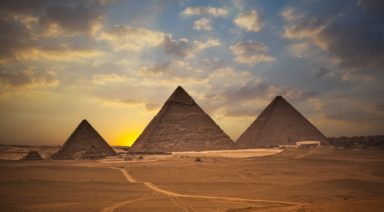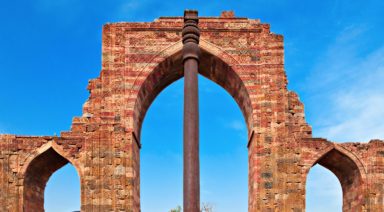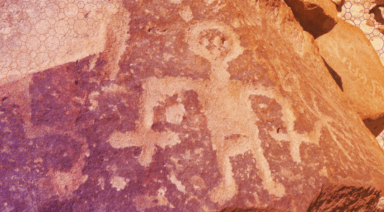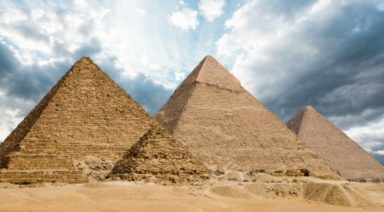Where is the Garden of Eden?

The Garden of Eden is a central theme in the Old Testament: a gorgeous utopia where everything is beautiful and perfect, untouched by the sins of man. It all sounds too perfect, doesn’t it?
This concept of an idyllic, pristine paradise isn’t exclusive to Christianity. The Sumerians called it “Dilmun,” while the Greeks referred to it as the “Garden of the Hesperides.”
There are more than just a few details about the garden that overlap between cultures, which leaves room for speculation and exploration. Is this paradise a mere myth, or did it actually exist? If it did exist, where was it located?
The Search for the Garden of Eden
Scientists, philosophers, and laypeople have spent centuries searching for the elusive Garden of Eden location. While we still don’t know exactly where it was — or if it even existed — it offers interesting theories to explore.
In Genesis 2:8-14, the garden is described as being near the Tigris and Euphrates rivers. Based on this information, we can safely assume the Garden of Eden was located somewhere in the Middle East — specifically in an area known as the Fertile Crescent, which included Mesopotamia.
Because the Bible describes the garden as bountiful, its correlation to the Fertile Crescent makes sense. This region was very uncharacteristic of the surrounding desert, with moist soil and abundant water. It eventually became an epicenter for agriculture.
However, this same Bible verse mentions two other mysterious rivers: the Pison and the Gihon. These rivers may or may not exist today, and scholars have struggled throughout the ages to determine their locations.
Many Ethiopians believe the Gihon is the modern-day Blue Nile, one of the major tributaries of the Nile, although this has never been proven. Similarly, the location of the Pison (also stylized as the “Pishon”) remains unknown, though some believe it to be the modern-day Ganges, and others believe it to be the Nile.
Other Stories of the Garden of Eden
In addition to Christians, there are other groups of people who have their own stories of a similarly idyllic paradise.
Eastern Traditions
Shambhala is a utopian kingdom that is a focal point of the Tibetan Hindu and Buddhist movements. It’s a place where people coexisted together in harmony and enlightenment.
Unlike the Garden of Eden, Shambhala seems to be centered moreso around an idea rather than a physical place. In Eastern religions, the core concepts of Shambhala — harmony, enlightenment, and wisdom — can be achieved virtually anywhere, at any time, through mindfulness and meditation.
Sumerians
In the Epic of Gilgamesh, the utopian garden is referred to as the “garden of the gods” and is located near the Euphrates and Tigris rivers. The epic describes a “plant of life,” which parallels the Tree of Life in the book of Genesis and allegedly provides eternal life.
When Gilgamesh learns of the plant’s power to provide everlasting youth, he attempts to take it. However, a serpent thwarts his efforts and steals the plant from Gilgamesh while he is camping. It is then that Gilgamesh understands his mortality and accepts that he cannot live forever.
Greeks
Ancient Greek folklore refers to the garden as the “Garden of the Hesperides.” Similar to the Biblical tale, this garden is associated with a fruit-bearing tree and a serpent.
According to Greek mythology, the Garden of Hesperides is located “at the northern edge of the world.” Its name comes from the nymphs who resided there (the Hesperides), who were daughters of a god called Atlas. The Hesperides, along with a serpent named Ladon, guarded the tree and its forbidden fruit, which belonged to Zeus.
Garden of Eden: Fact or Fiction?
There are some clear parallels between these legends and those that appear in the Bible. Is this merely a coincidence? Or, is it possible such a utopian place existed? While the mystery of the Garden of Eden prevails, so too does the quest for truth.
Want more like this article?
Don’t miss Ancient Civilizations on Gaia to journey through humanity’s suppressed origins and examine the secret code left behind by our ancestors.
The Hollow Earth Theory and Underground Civilizations

If you could choose to explore the furthest reaches of outer space, or the deepest depths of the Earth, which would you choose?
Before you answer, consider this: Some believe there is much more to the inner Earth than rock and molten lava.
Supporters of Hollow Earth theory (also known as the inner earth theory) posit traveling to the depths of the Earth would lead to other environments and perhaps even human beings residing there. Intrigued?
Take a look at the many groups of people who believe in or research hollow Earth, and decide for yourself what the Earth’s interior may have to offer for those who dare to explore it.
What is the Hollow Earth Theory?
In a nutshell, the idea of a Hollow Earth posits that “planet Earth is either wholly hollow or otherwise, and contains a substantial interior space.”
Beliefs about the specifics of the inner Earth (video/inner-Earth) vary but generally revolve around underground civilizations, technological and spiritual advancements, and alternative — even paradise-like — environments. Supporters of this theory claim evidence to support it has been stifled by scientific communities such as NASA.


